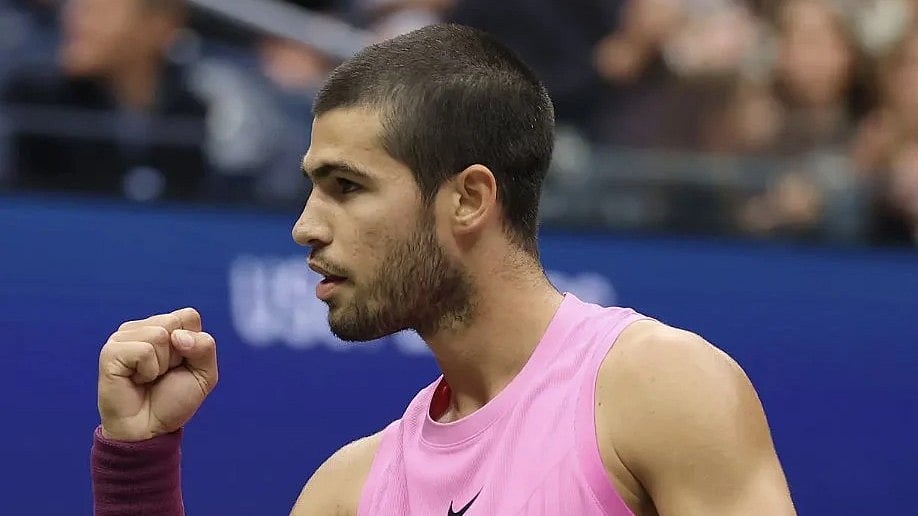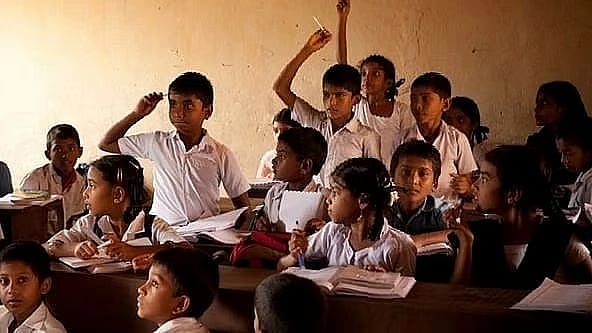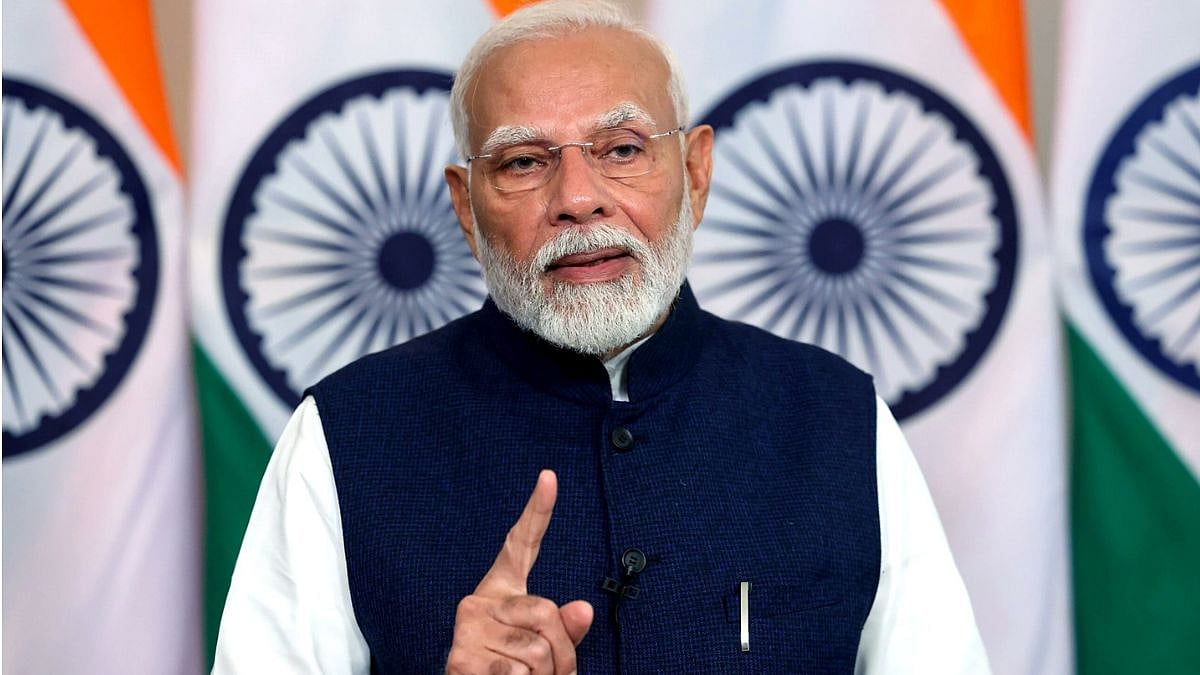As a rule, most people are loath to admit that they are whistling in the dark. The tendency to comment with an air of certitude is irresistible in democratic societies. In the past, being opinionated was largely confined to people with a passion for films and cricket. Everyone had a definite view on the latest Bollywood or the tactics to be used in one-day cricket matches. During election seasons, this was enlarged to include politics and every tea shop in the country — particularly in the land mass from Varanasi to Kolkata — was witness to passionate arguments on who was winning, and which party would be conclusively thrashed in the polls. Journalists were unquestionably the worst offenders since this is a profession that encourages verbosity without accountability. The number of times you are likely to encounter media people who claim to have anticipated some development or other is drearily countless. For too many people, the phrase ‘I don’t know’ is unknown.
In India at least, the experience of coping with COVID-19 is just about eight weeks or so, since the Prime Minister’s broadcast in March that triggered the chain of events beginning with the Janata Curfew. Prior to that, while the steady spread of the disease was noted, the pre-eminent focus was on not triggering panic. Parliament, for example, functioned till March 23 as a confidence-building gesture. In hindsight, it didn’t amount to very much since the 18-day lockdown had to be announced the very next day. But there was no doubt that the gesture was well-intentioned and sincere.
The real problem that has confronted both the aam janata and the decision-makers is the absence of a well-travelled path. Epidemics are not unique in the human experience but a global spread of this nature is possibly the first of its kind, unless we include the advent of the ice age. History tells us that the Inca civilisation was destroyed by the smallpox that the Spanish brought with them to South America. Much earlier, it is entirely possible that what is called the Indus-Saraswati civilisation that stretched from Central Asia to North India was destroyed by some strange phenomenon that could have been climate change or even an epidemic. The Spanish flu in 1918-19 was quite global and was spread by the post-War troop movements. But the scale of the global spread of COVID-19 is quite novel.
Take the case of Odisha, a state that managed the initial spread quite effectively and efficiently, thanks in part to its long record of handling cyclones and floods. But the best plans were scuttled by the entry of people returning home from other states where the spread of coronavirus is more rampant.
What happened in Odisha is happening in different ways in other states too. Maharashtra is one of the worst affected states and here the epicentre seems to be the Dharavi slum — the biggest in Asia, it is said — and Malegaon. One is the function of over-crowding that makes social distancing impossible to maintain and the other seems to be a consequence of the reluctance of Muslim communities to treat the pandemic with the necessary degree of seriousness. The latter can be tackled with a blend of persuasion and strictness but how is urban overcrowding going to be handled in a hurry? Chief Minister Uddhav Thackeray’s job isn’t enviable.
After the 18-day lockdown was extended, I used to get irate messages from libertarians in Mumbai suggesting that the Swedish model of containment should be pursued in India. In recent days as the situation in Mumbai looks grim, these messages have ceased.
Greater Kolkata, which includes Howrah, presents another problem. In the initial days, Mamata Banerjee took the pandemic quite casually. It is my guess she equated it with another dengue epidemic or a variant of a super cyclone that Bengal has experienced before. She perhaps saw it as a great political opportunity to regain some of her party’s lost ground in 2019. The whole response to the crisis was over-politicised. The consequence of this approach was that the lockdown was indifferently implemented, and the public health system used to supress numbers. On top of all this, the already fragile social balance in the state was further unsettled by the impression and the evidence that Muslim localities were being treated differently from the rest. This despite growing anecdotal evidence that the death toll in the minority community was disproportionately high.
The experience of Mumbai and Kolkata, not to mention the concerns over unsettled and traumatised migrant workers all over the country, is instructive. It points to the enormous difficulties of evolving anything remotely resembling a national strategy in a country as large and varied as India. In Europe, despite all the lofty pretensions of the European Union, the strategies for dealing with the pandemic have been country specific. In Germany, they are even trying to adopt different approaches for different regions. If this is the case with Europe, the difficulties of evolving a national strategy in India is obvious.
It is interesting, however, to note that rural communities have managed the lockdown and social distancing more effectively than urban India. This, however, is based on pure anecdotal evidence.
The problem is further complicated by wildly conflicting ‘expert’ advice. The case of how the UK got it all wrong initially, notwithstanding expert advice, is well known. Similarly, the experience of the US has been shambolic. Indeed, apart from South Korea, where mass testing has blended with a disciplined and careful population, no other country appears to have really evolved a containment strategy that goes beyond lockdown.
Simply put, being a decision-maker in India today, is both challenging and even treacherous. Like in war, there is no such thing as a fool-proof approach. The best plans can so easily go wrong.
The writer is a senior journalist and Member of Parliament, being a presidential nominee to the Rajya Sabha.










